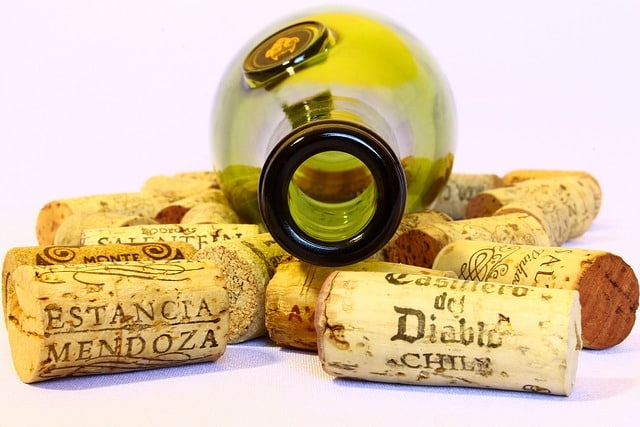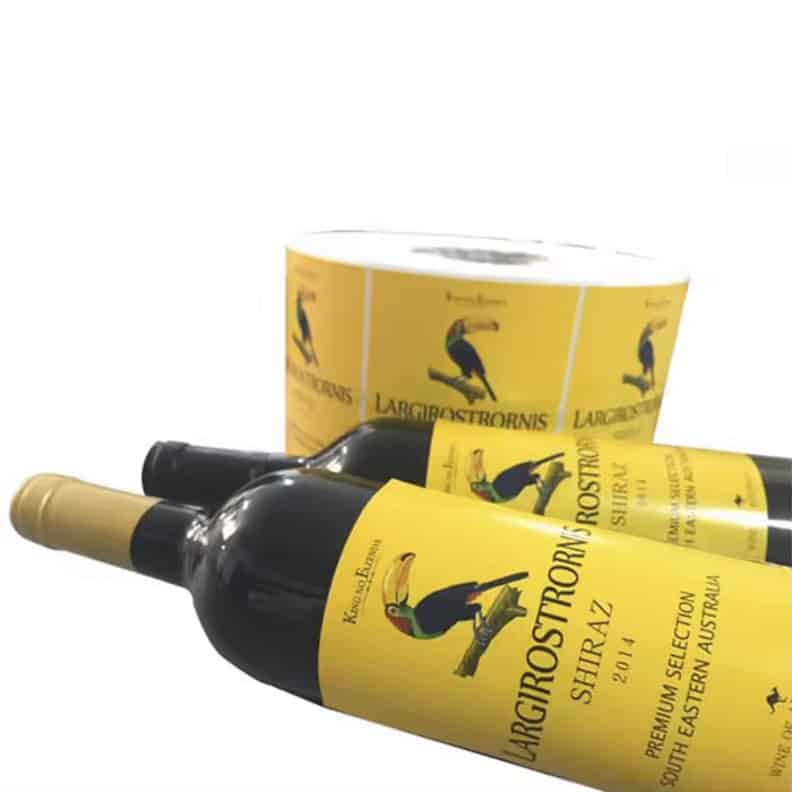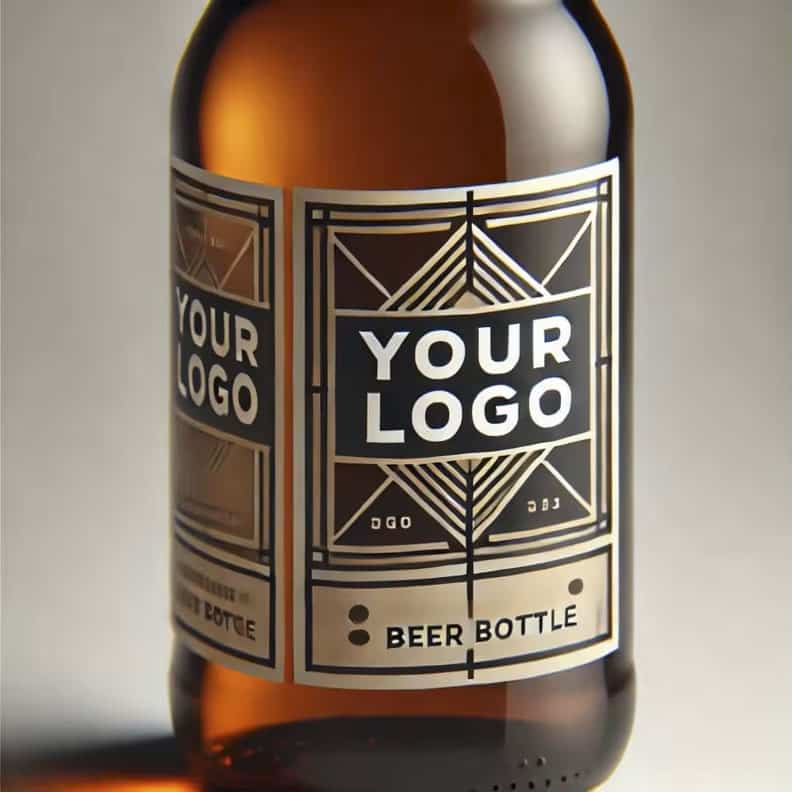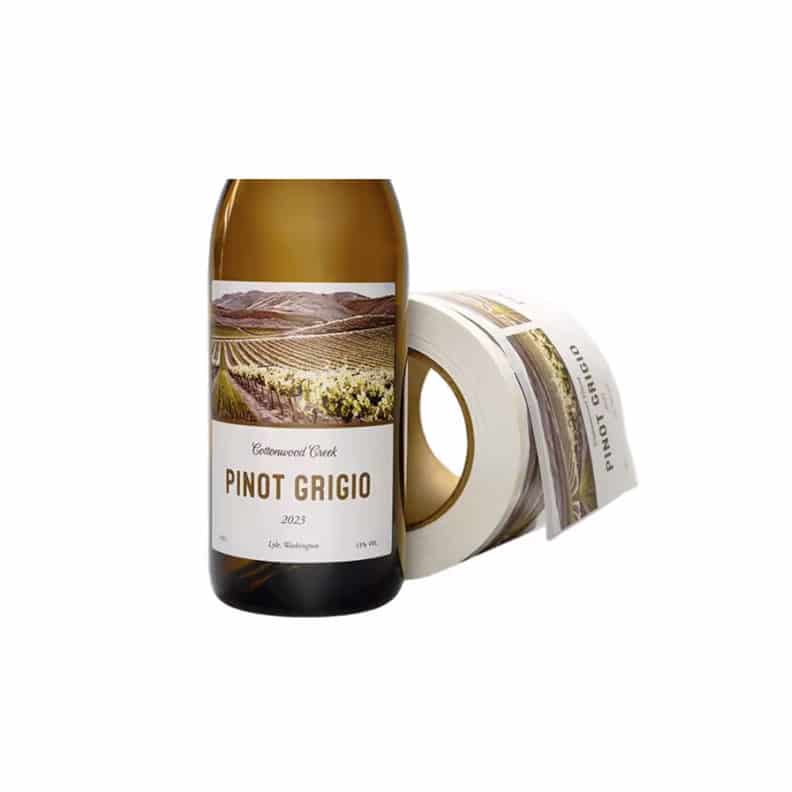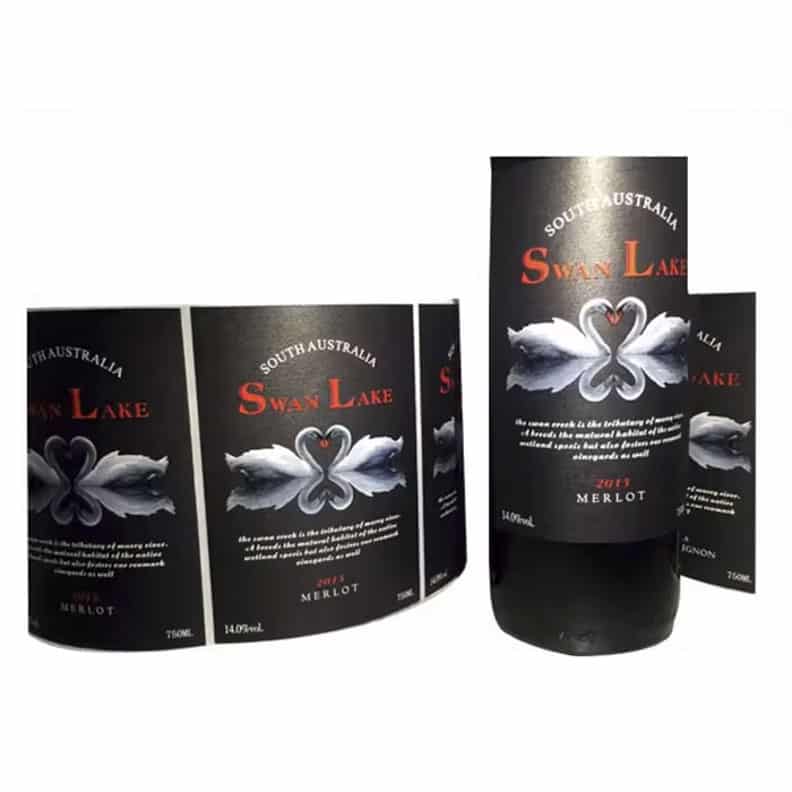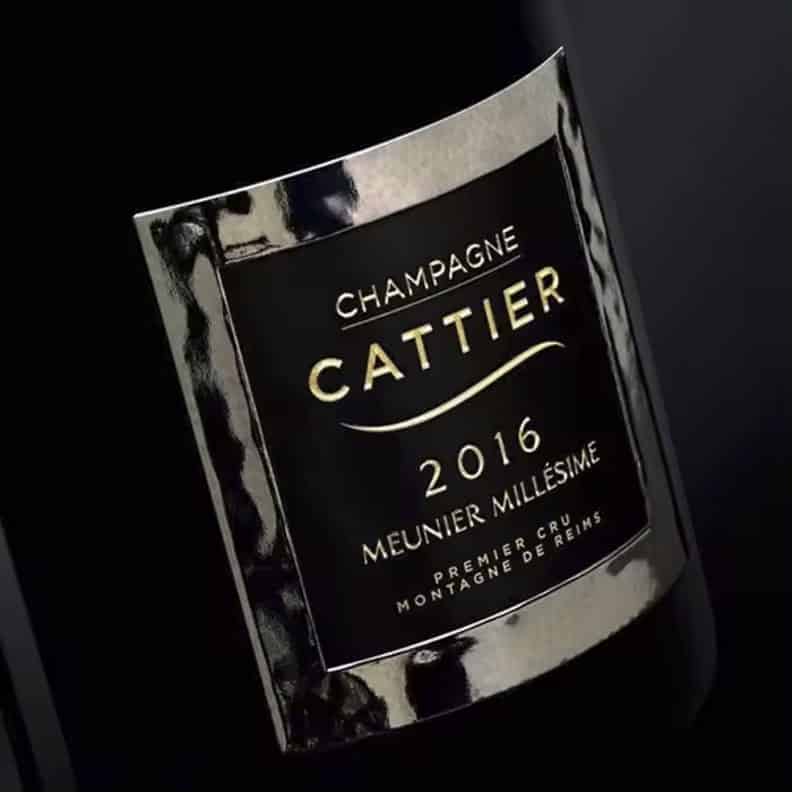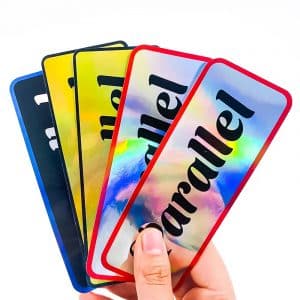Wine And Bottle Labels
Ever found yourself holding a bottle of wine, mesmerized by its label but unsure of what it all means? You’re not alone.
Wine and bottle labels can be both beautiful and baffling. From the vintage year to the vineyard’s name, and all the intricate designs in between, there’s a lot to unpack.
But fear not! This product guide is here to help you decode those labels and elevate your wine game. Whether you’re a casual sipper or an aspiring sommelier, understanding bottle labels can make your wine experience richer and more enjoyable.
Ready to become a label-reading pro? Let’s dive in!
Wine Labels To Promote Your Business
Think wine labels are just for wineries? Think again! Custom wine labels can be a fantastic promotional tool for your business.
Imagine gifting clients a bottle of wine that features your company’s branding. Not only does it show appreciation, but it also leaves a memorable impression. Your brand will be associated with sophistication and quality.
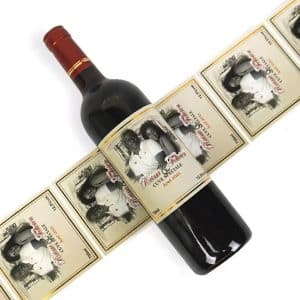
Custom labels are also great for corporate events. Whether it’s a holiday party or a product launch, personalized wine bottles can set the perfect tone.
And let’s not forget weddings and special occasions. Offering a customized bottle can make any event feel truly special, doubling as both a gift and a keepsake.
Start thinking beyond the traditional business card. A well-designed wine label can captivate and connect, making your brand unforgettable.
Ready to raise a glass to creative marketing? Cheers!
Types of Bottle Labels
Navigating bottle labels can seem overwhelming, but understanding the different types can simplify things.
First up, we have brand labels. These typically showcase the producer’s logo and are designed to catch your eye.
Next, there are varietal labels. These tell you about the grape variety used in the wine, such as Chardonnay or Merlot. This is super helpful for identifying wines you may like.
Another common type is the appellation label. This indicates the specific geographic region where the wine was produced, which can say a lot about its flavor profile and quality.
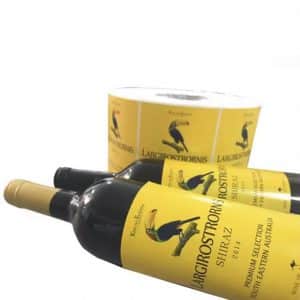
Then there are vintage labels, showing the year the grapes were harvested. This can be crucial information since the weather that year can greatly affect the taste.
Lastly, classification labels can provide insights into the quality level of the wine. These are often seen on European wines, like Bordeaux or Burgundy, where strict regulations determine a wine’s classification.
Each type of label serves its purpose and helps you make informed choices. Now, you’re one step closer to being a label-reading expert!
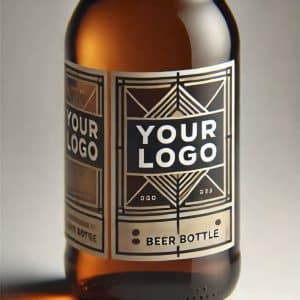
Understanding Wine Labels
Wine labels can feel like a secret code, but with a little guidance, you’ll be deciphering them in no time.
First, look for the producer’s name. This tells you who made the wine, and it’s often a good indicator of quality, especially if you recognize the winery.
Next, check out the grape variety. This is crucial for identifying the type of wine, whether it’s a Cabernet Sauvignon, Pinot Noir, or something else.
The vintage year is also key. It shows when the grapes were harvested. Some vintages are better than others due to weather conditions.
Don’t overlook the appellation or region. This tells you where the grapes were grown, which can significantly impact the wine’s flavor and quality.
Finally, look for any classification terms. Labels like “Reserve” or “Grand Cru” can give you hints about the wine’s quality and aging process.
With these basics, you’re well on your way to understanding and appreciating wine labels. Happy sipping!
Legal Requirements for Wine Labels
Navigating the legal landscape of wine labels can seem daunting, but it’s essential for both producers and consumers. Let’s break down what you need to know.
Mandatory Information
First and foremost, wine labels must include certain mandatory information. This typically involves:
- Alcohol Content: Clearly stating the percentage of alcohol by volume (ABV) is a must.
- Volume: The amount of liquid in the bottle, usually displayed in milliliters.
- Producer and Bottler Information: The name and address of either the producer or bottler.
- Appellation: The specific region where the grapes were grown.
- Sulfite Declaration: If the wine contains sulfites, it needs to be noted on the label.
- Health Warnings: Depending on the country, certain health warnings may be required, such as advising against alcohol consumption during pregnancy.
Compliance and Certifications
Compliance with wine labeling laws is crucial for legal sales. Failing to meet these requirements can lead to penalties or even removal from the market.
In addition to basic legalities, there are also various certifications that wines can attain. These can range from organic certification to vineyard-specific distinctions like “Biodynamic” or “Sustainable.”
Achieving these certifications often involves rigorous testing and adherence to strict guidelines, but they can serve as a mark of quality and trust for consumers.
Stay compliant and well-informed, and your wine will be both legally sound and potentially more appealing to buyers. Cheers to that!
Conclusion
Decoding wine and bottle labels doesn’t have to be a mystery. With a little knowledge, you can gain insightful information that enhances your wine experience.
From understanding the mandatory legal information to recognizing different types of labels, you’re now equipped to make more informed choices. Custom labels printed by Image Square Printing can even be a unique way to promote your business, making a lasting impression.
Next time you pick up a bottle, take a moment to appreciate the story behind the label. Cheers to making wine less about guesswork and more about enjoyment!
Happy tasting!



